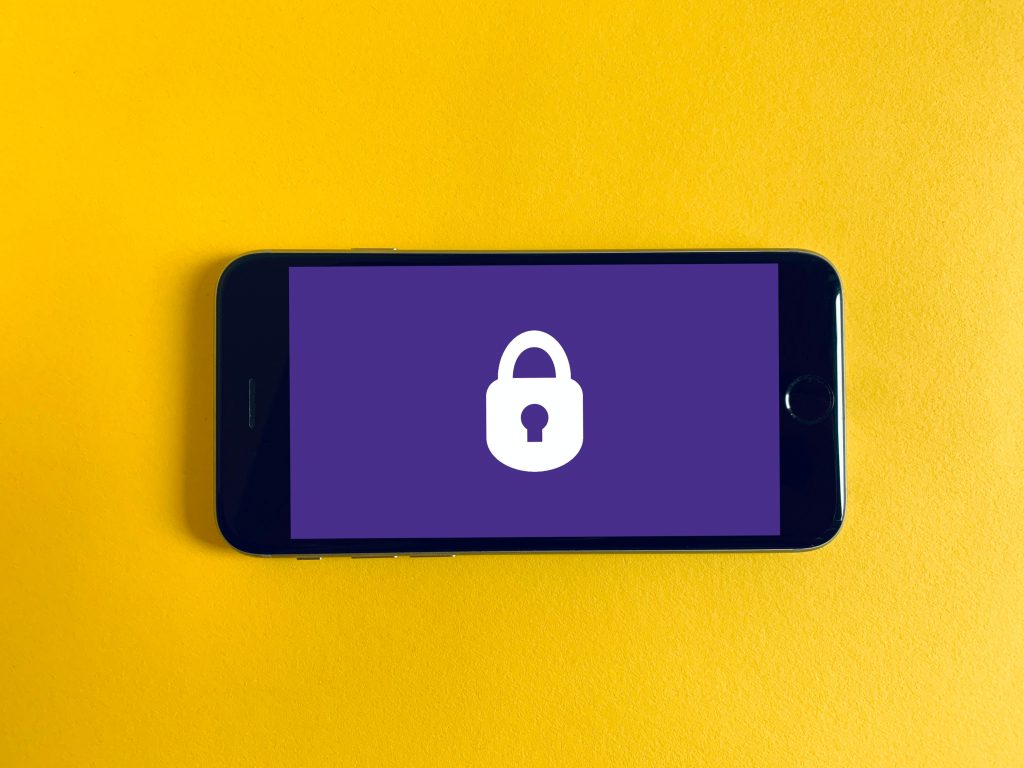Why Cyber Security Compliance Doesn’t Belong In The IT Department’s Hands
What if you discovered that all of the hard work, investments and time you’ve put into growing your business is at risk due to a failure of your outsourced IT company, or possibly even your well-meaning (but overburdened) IT department? If you were exposed to that level of risk, wouldn’t you want someone to tell you about it?
This article is that wake-up call.
The Stark Reality of Today’s Cyber Threat Landscape
Over the last several years, the risks associated with cyber security attacks have grown in magnitude. They are no longer a low-probability hazard that will result in a minor inconvenience. Businesses of all sizes and types are getting hacked and losing hundreds of thousands of dollars, or even multiple millions, in addition to suffering significant reputational damage and loss of customer goodwill. For some, it’s a business-ending event. For nearly everyone else, it’s a significant financial disaster that can negatively impact profits and revenue for years.
The Overlooked Dangers of Delegating Cyber Security Decisions
Yet too many CEOs and small business owners are still abdicating critical decisions regarding risk tolerance and compliance policies to their IT company or IT department when these decisions no longer belong there.
For example, let’s suppose you have an employee who refuses to comply with strict data security and password policies and continually fails cyber security awareness training, putting your company at risk for a cyber-attack and compliance violation. Should your IT manager or IT company fire this employee? Reprimand them? Is it even their IT department’s job to manage employee behavior with company data and devices? If you say yes, the question is, when was the last time you met with them to specifically address this issue and direct them on how to monitor and manage it? Likely never – or once, a very long time ago.
Therein lies the problem. Most CEOs would agree that it’s not up to the IT department to make that call, yet many of these same CEOs leave it entirely up to the IT department (or outsourced IT company) to handle the situation and make decisions about what is allowed, what isn’t, how much risk they want to take, etc.
A Common Misconception: Where the IT Department’s Role Ends
Worse yet, many CEOs aren’t even aware that they SHOULD have such policies in place to ensure your company isn’t compromised or at risk – and it’s not necessarily your IT person’s job to determine what should or shouldn’t be allowed. That’s your job as the CEO.
As another example, many companies have invested in cyber liability, ransomware or crime insurance policies to provide financial relief in the event of a cyber-attack and cover the exorbitant legal, IT and related costs that result when such an event occurs. Yet our experience shows that most insurance agents and brokers do not understand and cannot convey to the CEOs they are selling a policy to the IT requirements needed to secure a policy. Therefore, they never advise their client to make sure they get with their IT provider or internal IT to ENSURE the right protocols are in place, or risk having coverage denied for failure to comply with the requirements in the policy they just sold them.
The Ultimate Responsibility: Where the Buck Stops for CEOs
When a cyber event occurs and the claim gets denied, whose fault is it? The insurance agent for not warning you? Your IT department or company for not putting in place protocols they weren’t even briefed on? Ultimately, it’s on you, which is why you as the CEO must make sure that decisions impacting the risk to your organization are informed ones, not decisions made by default.
Taking the Next Step: Ensuring Cyber Security Readiness
Of course, a great IT company will bring these issues to your attention and offer guidance, but most are just keeping the “lights” on and the systems up, NOT consulting their clients on enterprise risk and legal compliance.
If you want to make sure your organization is actually prepared for and protected from the aftermath of a cyber-attack, click here to schedule a private consultation with one of our advisors about your concerns. It’s free of charge and may be extremely eye-opening for you.
These scams are happening every single day. You’re a target, but so are the unsuspecting employees in your company. Without proper training, they might not know what to look for, panic and try to resolve these “issues” under the radar, ultimately causing the problem.
Fortifying Your Defense: Essential Steps to Secure Your Network
There are multiple steps to making sure your network is secure. One would be getting e-mail monitoring to help reduce the likelihood of these phishing e-mails ending up in your inbox. It’s also important to make sure employees know what to look for so that if an e-mail does get by the phishing detection system, they can still keep your company safe.
Take the First Step: Get Your FREE Cybersecurity Risk Assessment Today
The best thing to do is to start here with your FREE Cybersecurity Risk Assessment. We’ll evaluate your network and provide a full report on areas where you are vulnerable and what to do to fix them. There’s no obligation, but you should know where you’re at risk. Click here to schedule your assessment now.



